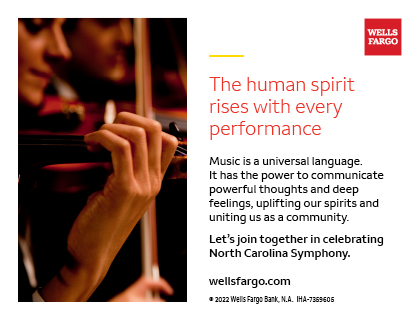Prelude to the Afternoon of a Faun
Claude Debussy (1862-1918)
THE STORY
In April of 1876, the French poet Stéphane Mallarmé published his L’après-midi d’un faune, wherein a faun (a half-human, half-goat creature) awakens from a warm afternoon nap and presents a monologue recounting whether his encounter with two amorous nymphs was indeed real. The sensual account inspired artistic interpreters ranging from Édouard Manet, who appended wood-engraved illustrations to the poem’s publication, to the present orchestral tone poem by Claude Debussy in 1894.
For Debussy, Prélude à l'après-midi d'un faune marked the beginning of a new artistic maturity born out of Mallarmé’s poetic language. Distancing himself from the operatic conventions of Wagner, Debussy aimed not for literal representations but rather feelings, impressions, moods, and landscapes rising from the poetry. Fragments of melodies materialize from a dream-like state, imbuing the atmosphere with impalpable colors and textures. The composer explained: “The music of this prelude is a very free illustration of Mallarmé's beautiful poem. By no means does it claim to be a synthesis of it. Rather there is a succession of scenes through which pass the desires and dreams of the faun in the heat of the afternoon.” To the journalist Henri Gauthier-Villars, Debussy commented ““…if music were to follow more closely it would run out of breath, like a dray horse competing for the Grand Prize with a thoroughbred.”
LISTEN FOR
- Delicately balanced sonorities of the glissando harp, woodwinds, and strings, offset by muted horns
- Wafting harmonies with no strong tonal center—as Debussy wrote: “there is no reverence for the key! Rather it is in a mode that tries to contain all the shadings…”
INSTRUMENTATION
Three flutes, two oboes, English horn, two clarinets, two bassoons, four horns, percussion, two harps, strings

